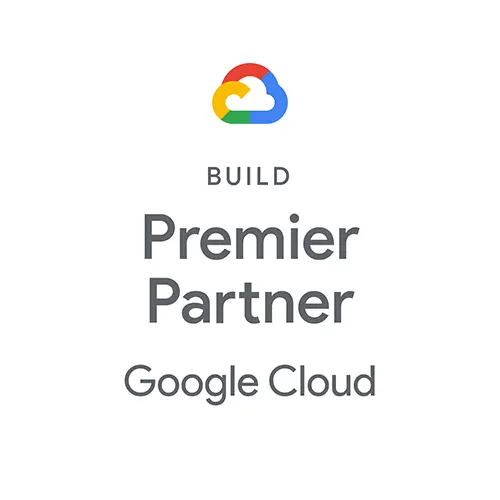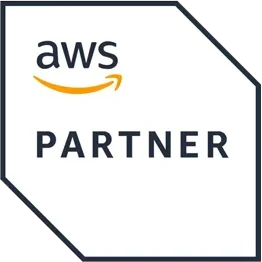Regulatory non-compliance can cost medical device companies millions in fines and fees in the event of a product recall or investigation. To maintain regulatory compliance, companies must keep MDR (Medical Device Records) that maintain medical device usage history, known as MDH.
At any given time, medical device vendors need to be able to readily answer:
Who
uses/used the device?
Which
features do/did they use?
When
do/did they use it?
Where
do/did they use it?
If a company cannot answer these questions quickly, they will likely be deemed non-compliant. However, there’s good news if the medical device is software-driven: MDR and MDH records can be tracked using an Entitlement Management System.
Case Study
A longstanding public European medical device producer began selling their device with embedded software but didn’t have a means of tracking MDR. Then came the unfortunate need for a product recall. This spelled trouble for this company. With an incomplete MDR, they were unable to reach out to users and alert them about the recall.
The consequence: $800M in fines and fees for the compliance investigation and compensation payouts. The company didn’t even know if some of the devices were still actively in use. If they had had a record-keeping mechanism in place, they would not have taken a $800M hit to their bottom line. Today, they are implementing an Entitlement Management System to avoid such a loss in the future.
How an Entitlement Management System Helps MedTech Compliance
An Entitlement Management System (EMS) is used to license access and entitle features and capabilities. For MedTech device software, an EMS can help avoid non-compliance fines in the following ways:
1. Encryption
A proven licensing and entitlement platform provides cryptographically secure, tamper-proof license keys which prevent malicious hacking of the medical device and its software.
2. Reduced Risk of Unauthorized Access
An EMS can restrict access to software features and hospital device data based on user roles and permissions. This helps ensure only authorized personnel can access sensitive information and reduces the risk of accidental or intentional data breaches or misconfiguration (e.g. mistakenly entitling a customer with a functionality the regulators in that country don’t allow) that could trigger compliance legal issues.
3. Audit Trails of User Access
An EMS compiles a detailed audit trail about user roles and records who accessed or changed information and when. This data is crucial for investigations in case of a suspected breach and is a responsible way to demonstrate compliance efforts to regulatory agencies.
4. Product Cataloging
MedTech companies need to record information about device architecture, such as hardware/electrical components, assemblies, the kind of rubber tubes and so on. Should there be a need for a recall or a fix, problematic products can be identified by product serial number. These products can be identified quickly using an EMS product catalog which ties each software license with a product serial number.
5. Enforcing Compliance-Specific Features
An EMS can also be configured to limit access to functionalities that might violate regulations. For example, an EMS can restrict access to features for marketing or data sharing that is non-compliant.
6. Version Control and Compliance Updates
An EMS can easily manage different software versions and ensure users are only accessing compliant versions. This is especially helpful when updates are made to address security vulnerabilities or to incorporate changes required by evolving regulations.
7. Training
EMS effectiveness depends on proper configuration and ongoing maintenance. Customers can and must ensure the system is set up to meet their specific compliance needs. An EMS can integrate with training modules on data security and compliance protocols. This ensures users receive regular training, keeping them updated on best practices and reducing the risk of human error leading to non-compliance. In addition, EMS user guides will include instructions and information on encryption, access, and maintaining product catalogs for MDR and MDH.
Summary
An Entitlement Management System is a powerful tool for MedTech device regulatory compliance. It allows companies to proactively manage access, functionalities, and user training, significantly reducing the risk of hefty financial penalties for non-compliance, not to mention the risk of brand reputation damage. Choosing the right EMS can mitigate these financial risks for medical device software providers.


